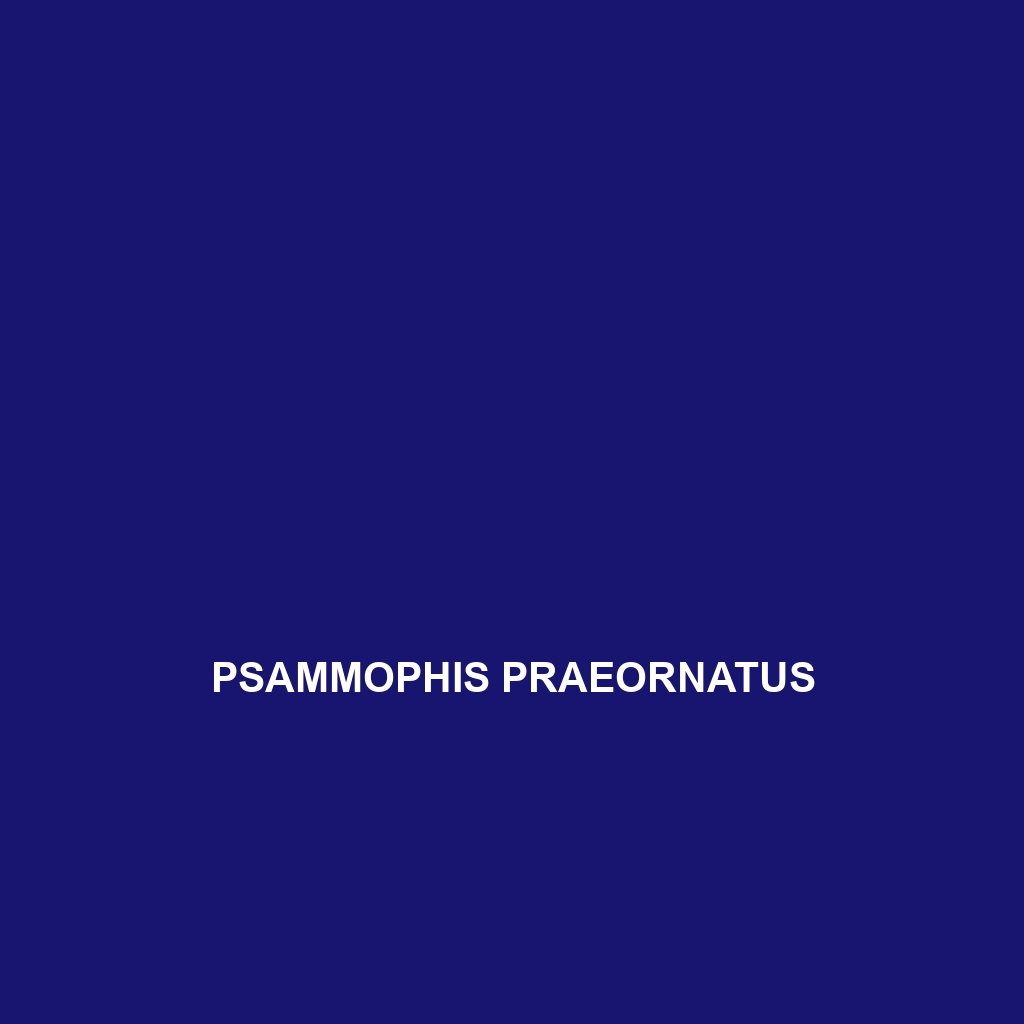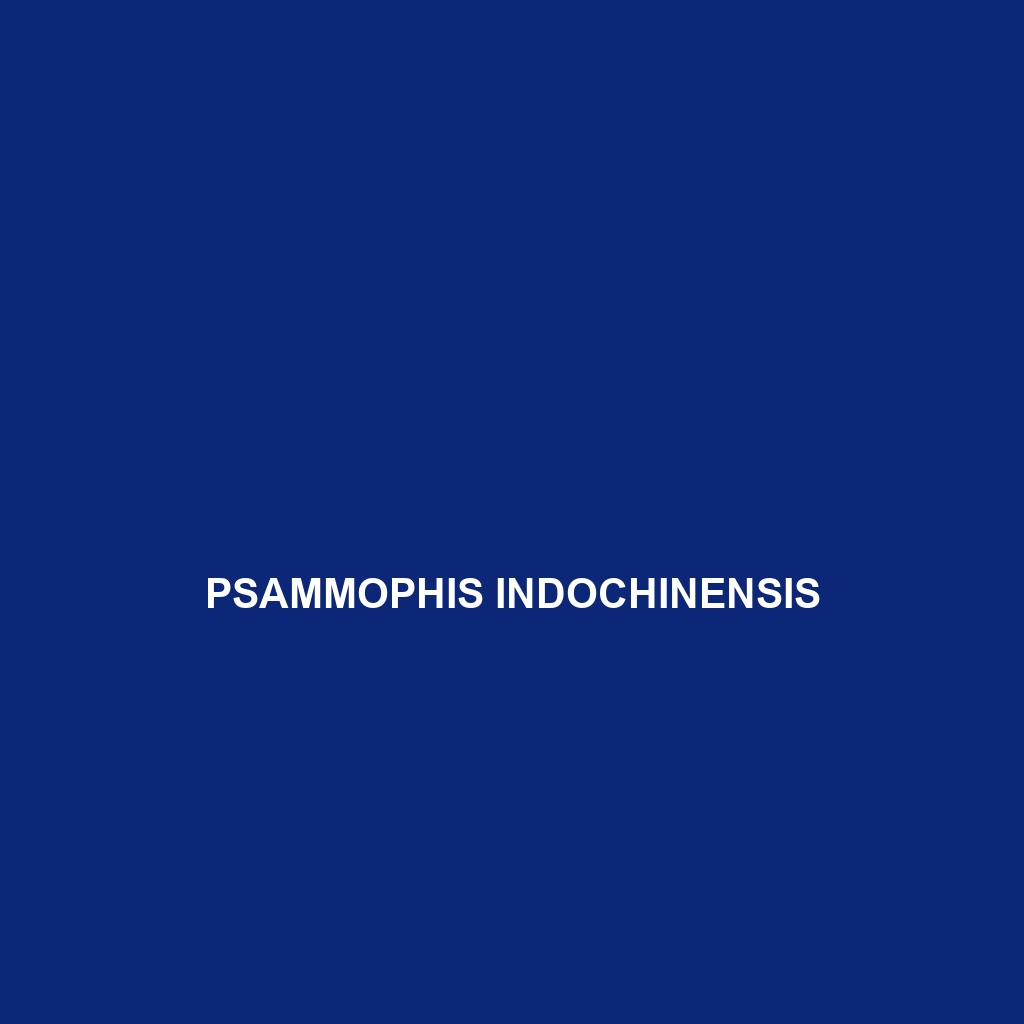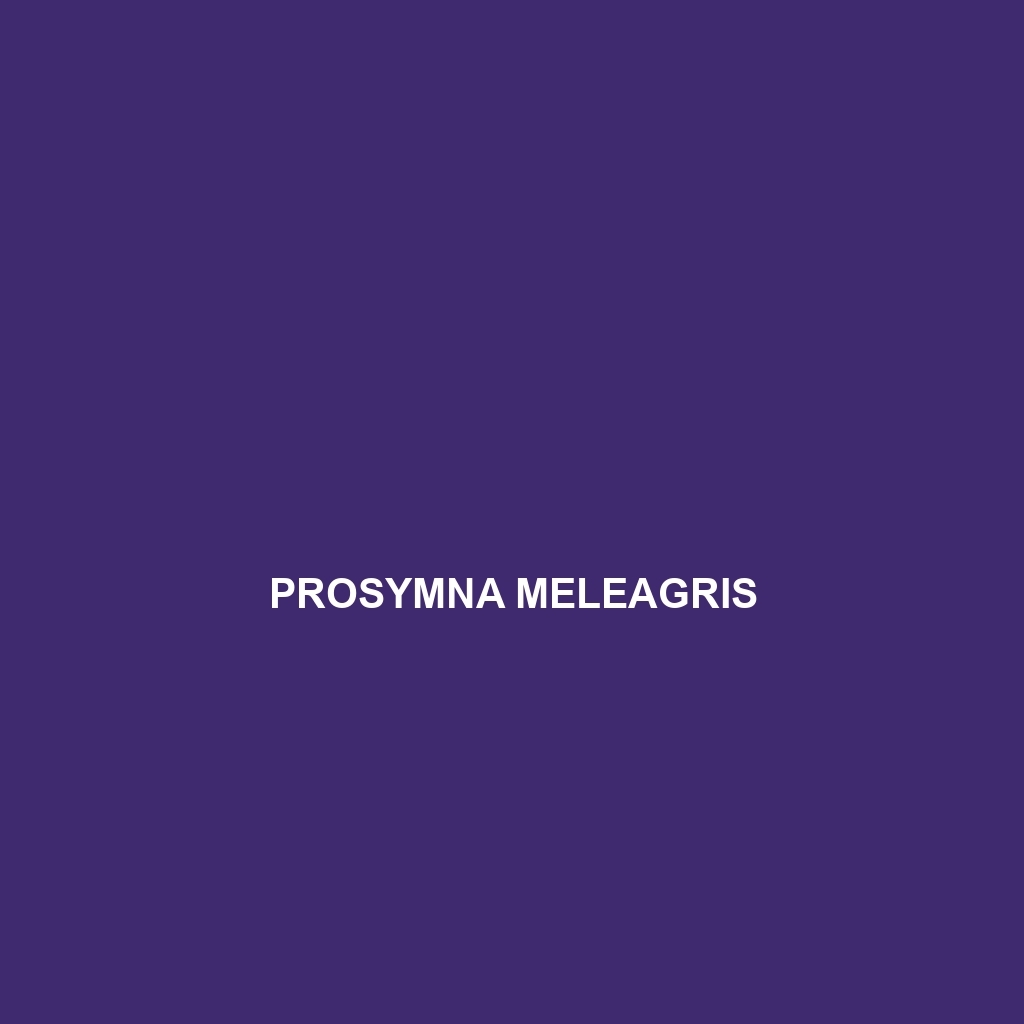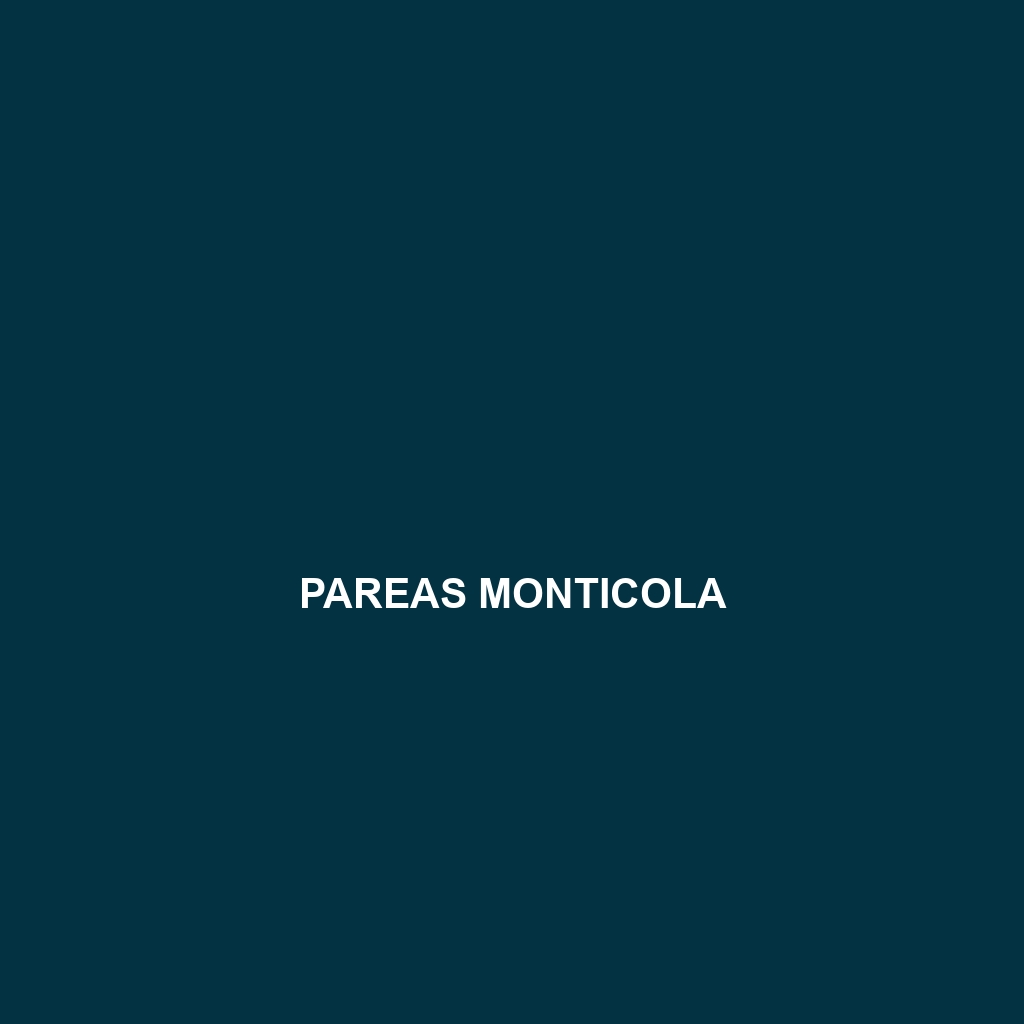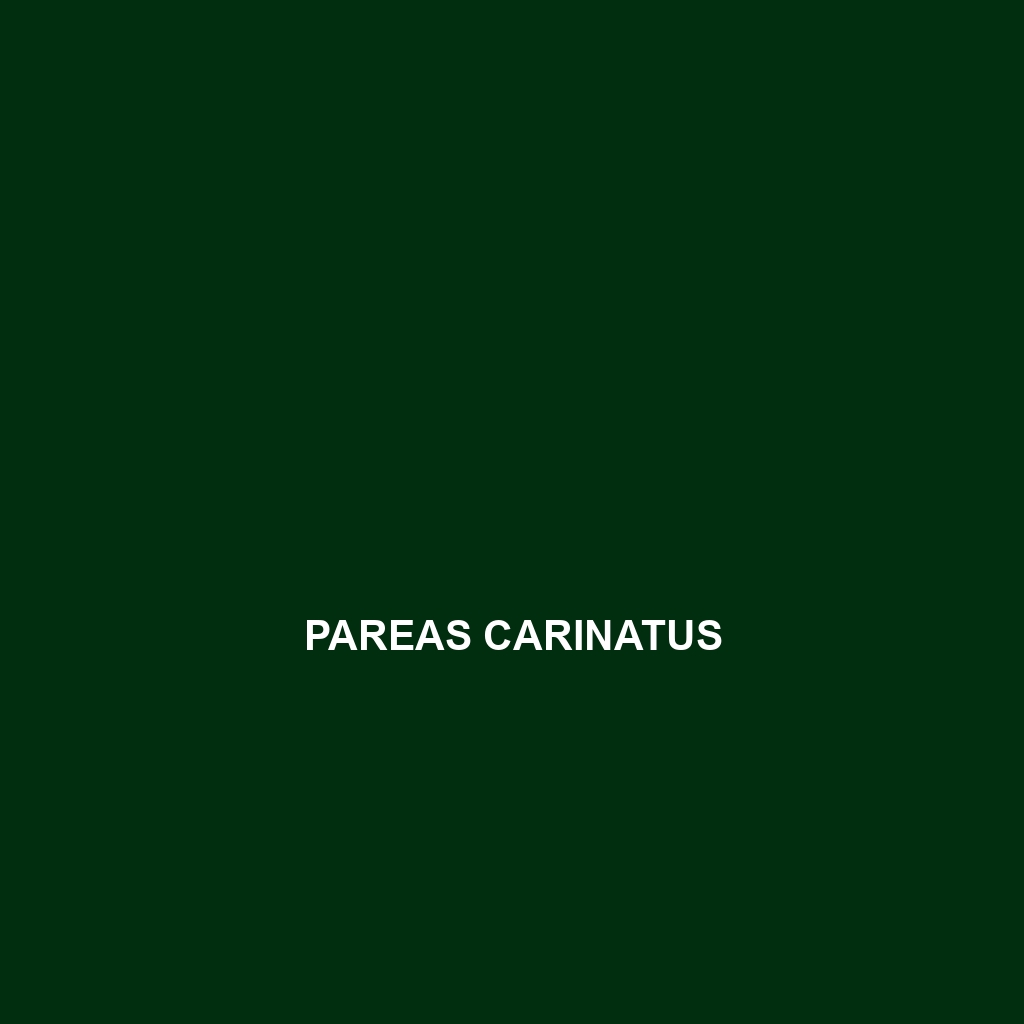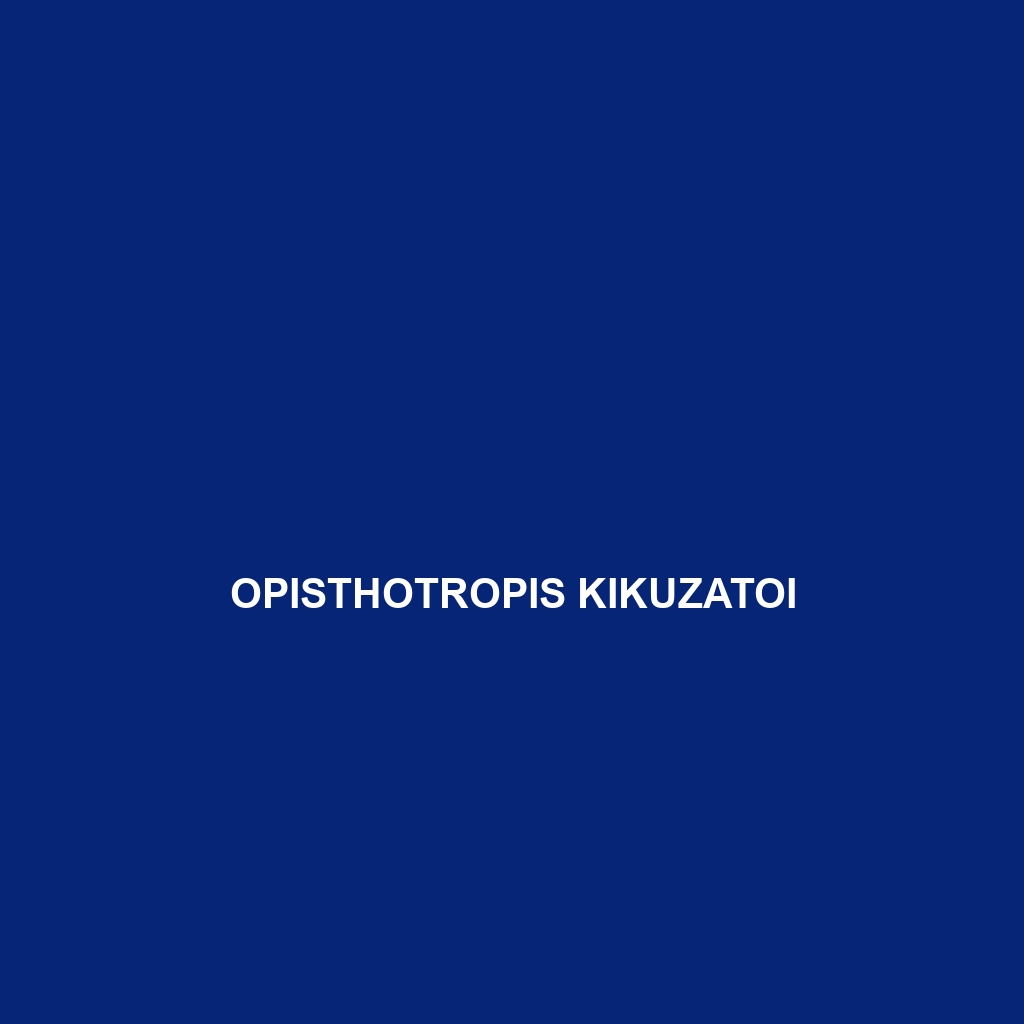<b>Psammophis praeornatus</b>, also known as the East African sand snake, is a slender, diurnal species found in savannas, grasslands, and wooded areas of East Africa. This agile predator primarily feeds on small rodents, lizards, and insects, playing a crucial role in maintaining ecological balance within its habitat.
Tag: tropical snake species
Psammophis indochinensis
<b>Psammophis indochinensis</b>, also known as the Indochinese Sand Snake, is a slender, nocturnal species native to Southeast Asia's tropical habitats, featuring a mix of browns and yellows with darker bands for camouflage. This carnivorous snake primarily preys on small mammals and lizards, playing a crucial role in its ecosystem as both a predator and prey.
Prosymna pitmani
Discover the Prosymna pitmani, a slender snake native to the rainforests of Madagascar, characterized by its smooth, camouflaged scales and nocturnal hunting behavior. Measuring 50 to 80 cm in length, this fascinating species plays a vital role in its ecosystem by preying on small amphibians and invertebrates, while facing conservation challenges due to habitat loss.
Prosymna meleagris
<b>Prosymna meleagris</b>, also known as the spotted blotched snake, is a slender, nocturnal reptile native to tropical and subtropical regions of Eastern and Southern Africa. Recognizable by its striking pale yellow to cream coloration with dark blotches, this insectivorous species plays a vital role in its ecosystem by controlling insect populations while also serving as prey for larger animals.
Philothamnus hoplogaster
The Western Green Snake (Philothamnus hoplogaster) is a vibrant, slender snake reaching 4 to 5 feet in length, primarily found in the humid rainforests and savannas of Sub-Saharan Africa. Known for its striking green coloration with subtle bands, this diurnal predator plays a crucial role in maintaining ecological balance by controlling small mammal and reptile populations.
Philothamnus battersbyi
<p><b>Philothamnus battersbyi</b>, or Battersby's Green Snake, is a non-venomous, slender snake found in tropical and subtropical regions of East and Southern Africa, primarily inhabiting rainforest ecosystems. With its vibrant green coloration and arboreal, diurnal behavior, it plays a crucial role in controlling insect populations while exhibiting fascinating predatory skills in its diverse habitats.</p>
Philodryas livida
Discover the Philodryas livida, or livid snake, a medium-sized carnivorous species native to South American rainforests and savannas, known for its vibrant blueish-gray and yellow coloration. This agile predator plays a vital role in its ecosystem, controlling small mammal and insect populations while exhibiting unique behaviors during its nocturnal hunts.
Pareas monticola
Discover the fascinating <b>Pareas monticola</b>, or mountain slug snake, known for its elongated, slender body and unique flattened head, thriving in tropical and subtropical mountainous regions of Southeast Asia. This nocturnal predator primarily feeds on small mammals and amphibians, playing a vital role in its ecosystem while showcasing impressive climbing abilities and adaptive camouflage.
Pareas carinatus
<p>The <b>Pareas carinatus</b>, or keeled slug snake, is a slender, nocturnal snake native to tropical and subtropical regions of Eastern Asia, recognized for its unique keeled scales and diet primarily consisting of slugs and snails. With a length of 80 to 120 centimeters and a camouflage pattern of rich brown or gray, this species plays a crucial role in its ecosystem by controlling invertebrate populations.</p>
Opisthotropis kikuzatoi
Discover the Opisthotropis kikuzatoi, a striking snake native to the rainforests of Southeast Asia, thriving in humid environments near streams. Known for its slender body, unique camouflage, and nocturnal hunting habits, this fascinating species plays a crucial role in maintaining ecosystem balance by preying on insects and small aquatic animals.
